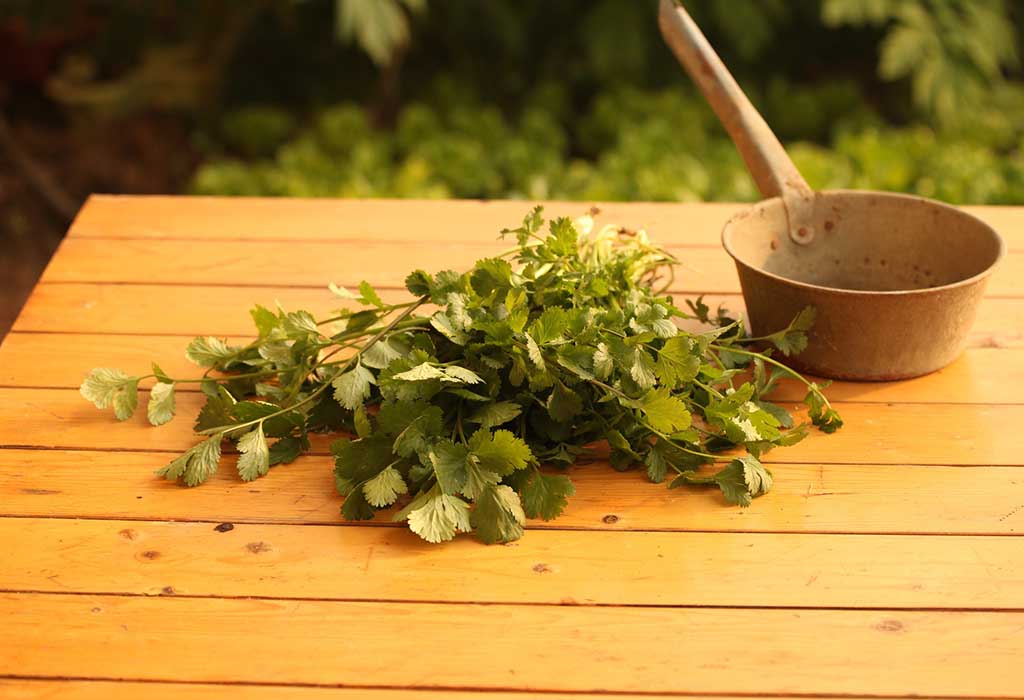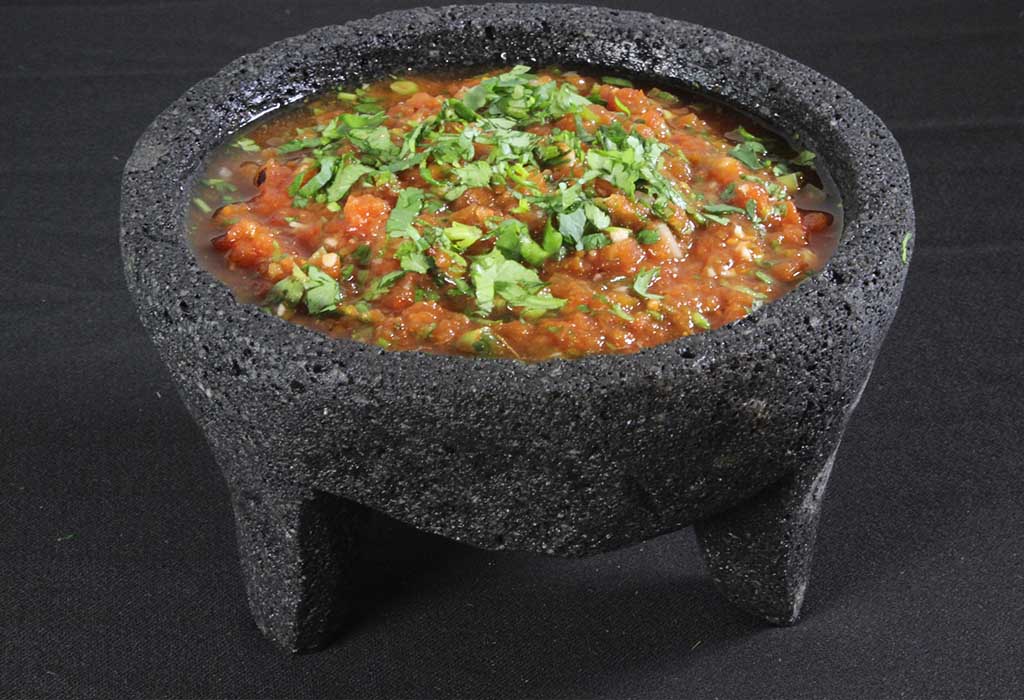Coriander: yes or no?
Want to liven up your next dinner party? Throw some coriander into your main dish, sit back, and wait for your guests to react. It’s the humble herb that divides people like nothing else can (except perhaps discussing politics, or religion, or relationships, or the price of houses...): you either love the fresh, citrus-y, zesty flavour, or you reckon it tastes like bath soap and can ruin an otherwise fabulous meal.
People have very strong feelings about coriander (scientific name Coriandrum sativum, also known as cilantro in some parts of the world), but why is there such a massive difference in how we perceive its taste?

It all starts with the taste receptors on the surface of the tongue. These interact with the different chemical compounds in the food we eat, triggering a chain of events depending on which receptors are activated. Combined with the smell receptors inside the nose, they work together to send signals to the brain about what kind of flavour we’re experiencing.
But if we all have the same basic taste and smell receptors, and those receptors and the messages they send to our brains are fundamentally controlled by a series of chemical reactions, then why don't we all like (and hate) the same foods and flavours?
Well, it’s partly genetic. All those taste receptors are coded for by particular genes, so slight variations in our DNA can affect how and what we’re able to taste. There’s only one gene that codes for the sweet receptors, but there are several variants of this gene that impact upon different people’s sensitivities to sweetness. There are several genes for all the bitter receptors, and how many of these we all have can vary from person to person. Other genetic variations exist that affect peoples’ sense of smell, which is also important for taste.
In the case of coriander, there’s some more specific genes at play. In a study comparing the genes between self-professed coriander lovers and haters, researchers took a close look at a group of olfactory receptor genes. They singled out a gene called OR6A2, which codes for a specific taste receptor that’s activated by a bunch of different aromas, all of which are aldehydes—a certain class of chemical compounds.
Different aldehydes are responsible for a range of different flavours and aromas. Fragrant essential oils, or flavours like cinnamon and vanilla, are just some examples of aldehyde-based compounds. Coriander’s flavour profile is made up of several different chemicals (most of them aldehydes), some of which have a distinctive ‘soapy’ flavour. It’s thought that people with the ‘soapy’ OR6A2 receptor gene variant can detect these soapy chemicals, while those without that particular gene variant cannot. Different studies have identified other genetic variants related to ‘bitter’ taste receptors that were also linked to coriander taste perception.
There you have it: it’s all because of different genes, right? The coriander haters have the ‘soap detecting’ receptors, while the coriander lovers don’t?
Well, it’s not quite that simple. The same study also estimated that less than 10 per cent of someone’s coriander preference is due to these common genetic variations … which means there would seem to be a lot of other factors at play.

One important factor behind your coriander preference could simply be whether you’ve grown up eating lots of coriander. Just as we form memories of events, facts and skills, we also form memories of tastes, and whether these become ‘good’ or ‘bad’ memories is influenced by outside environmental factors.
Another study of coriander preference across ethnocultural groups found that coriander dislike was more common for East Asian and Caucasian participants, while those from Hispanic or Middle Eastern backgrounds were much more likely to enjoy the taste … which makes some sense, given the overwhelming popularity of cilantro in Latin American cuisine, for instance.
Whether you’re a fan of the green leafy herb or a card-carrying member of the ‘I Hate Coriander’ club, just remember that flavour perception is incredibly complex, and everyone’s got different tastes. It might be best to give your dinner guests the option of adding it at the table.





